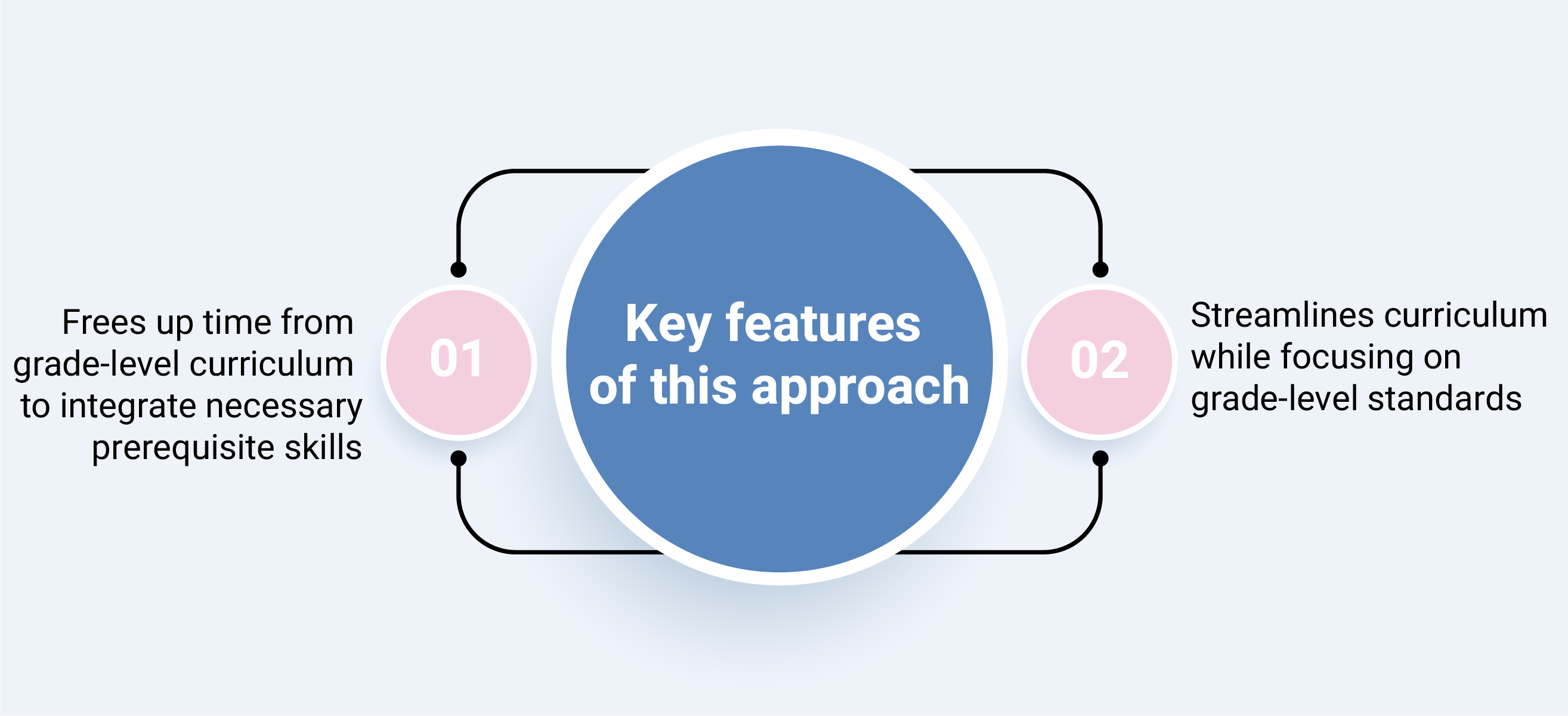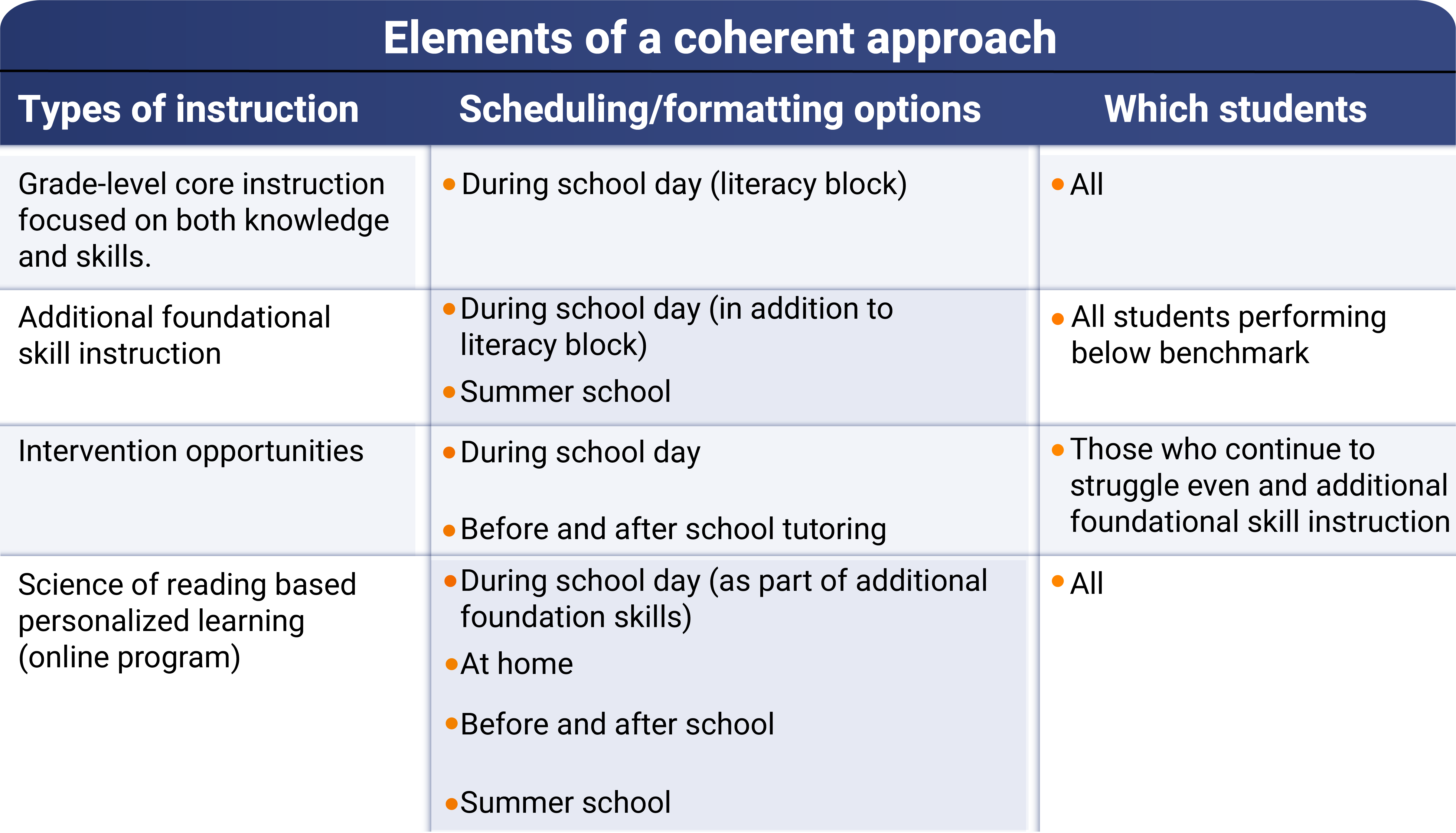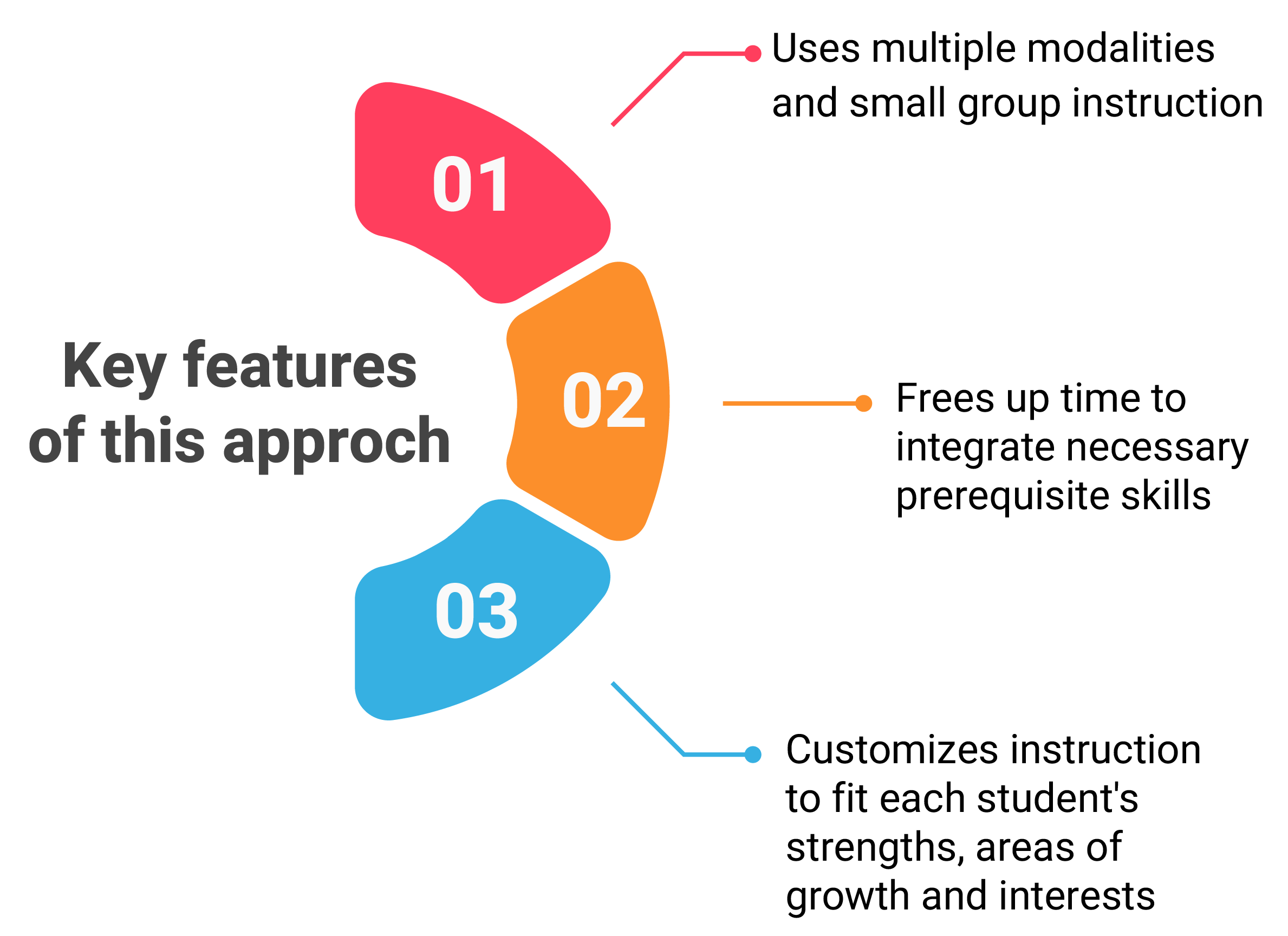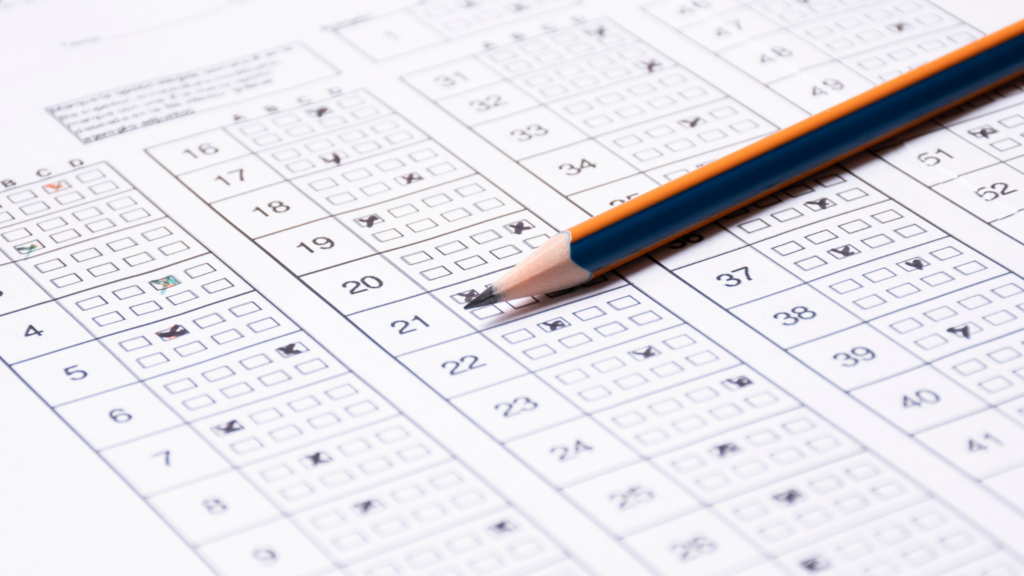As we near the end of the pandemic (hopefully) and prepare for a post-pandemic world, we realize that the three years of the pandemic have left a huge learning gap in school students.
Reason: School Closures and Lost Instructional Time
DIBELS (Dynamic Indicators of Basic Early Literacy Skills assessment) data indicates that more young kindergarteners and elementary school learners are falling behind in study. Amplify, a curriculum and assessment company analysed the DIBELS report and compared data across three consecutive school years: 2019-20, 2020-21, 2021-22.
One reason for this is the low enrollment rate of students during the academic years 2019-21, which is the cause for weak foundational reading abilities in these students.
Other DIBELS data-points are:
- 2nd graders had stagnant progress this academic year as compared to last.
- Math and reading subjects experienced noticeable dips and disparities.
NWEA report assessed 5.5 million students in grades 3-8.
The results are below:
NWEA’s MAP Growth assessments show lower rates of gain in math and reading during the 2020-21 school year compared to a typical school year.
Source
Aside from DIBELS, a report from McKinsey & Company has also expressed its concern over the learning lag in students.
How Many Students are Still at a Greater Risk?
As per the Amplify report, many students are still far behind in early literacy skills and are in immediate need of intensive intervention.
Path Forward: Proactive Efforts to Accelerate Learning
-
Remedial Classes
According to Susan Lambert, the chief academic officer of elementary humanities at Amplify, this data is a clarion call to help this generation of students. She has specifically made recommendations that she believes need to be followed by the schools like a gospel.
2. Power Standards
The Milwaukee Public School System has devised a new power standard program for its students. The educators will be required to follow specifically designated instruction while teaching students for the first six weeks, addressing the prerequisite skills needed for a student of a particular grade. Such programs could be helpful to attain the expected mastery of grade-level content during and after COVID-19, despite the substantial instructional loss.

3. High Impact Tutoring
As evident from the title, this means high impact, one-on-one tutoring of the students schoolwide or through personal tutors.
Hopeful Efforts
Aside from the measures that we have suggested above, other efforts that can already be seen countrywide:
- The American Rescue Plan requires the districts to use 20% of their funds to bridge the learning gap and address the impact of instructional loss.
- In a speech, U.S. Secretary of Education Miguel Cardona advocated and advised the school systems to use ARP money to better student learning.
- Future Ed, an education think tank, used Burbio data to analyze how districts are putting funds for summer learning programs for students.
The point now is how the school districts and e-learning companies can leverage these funds to better the future of education.



















